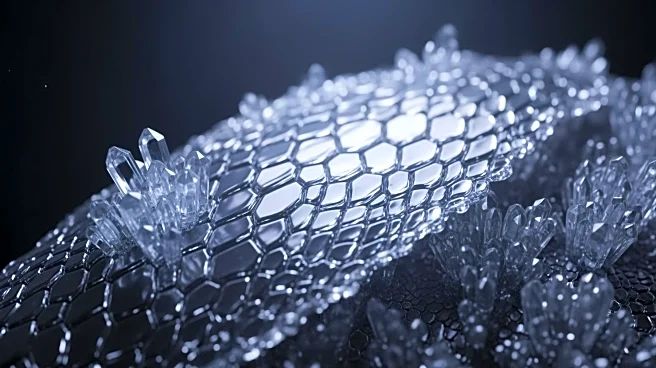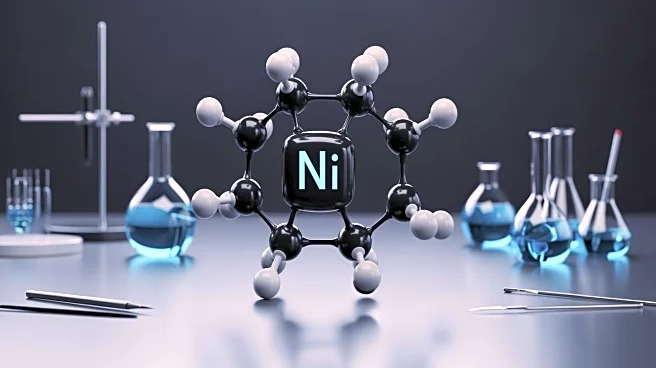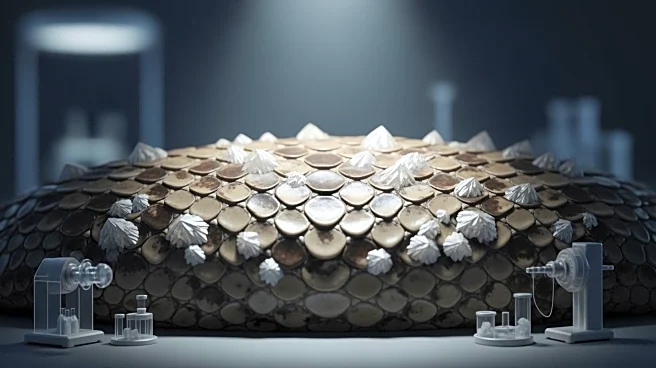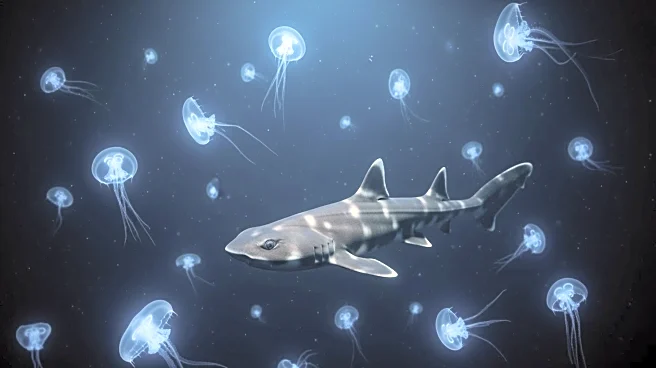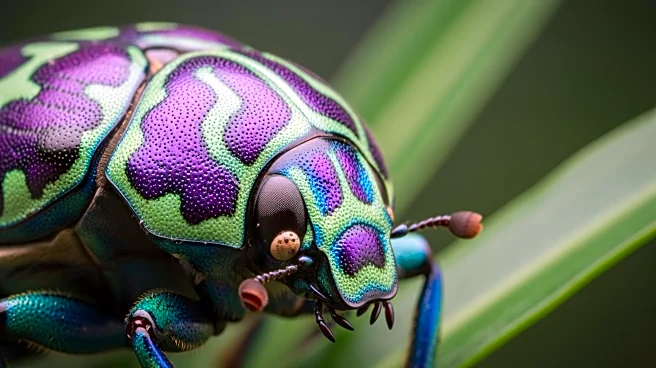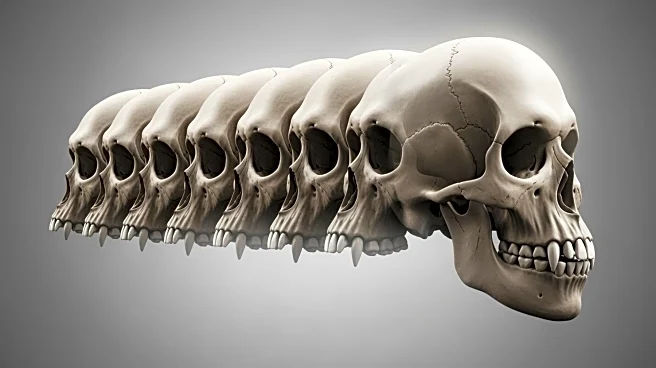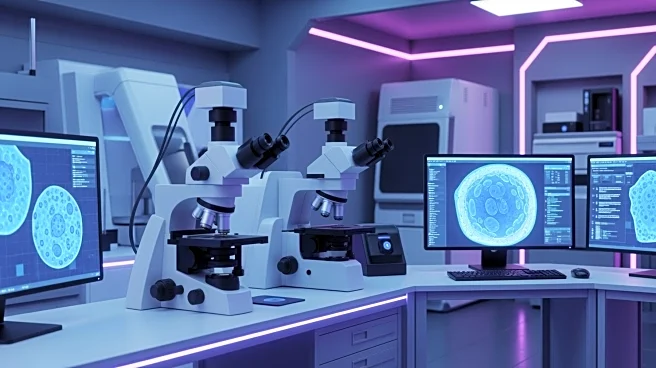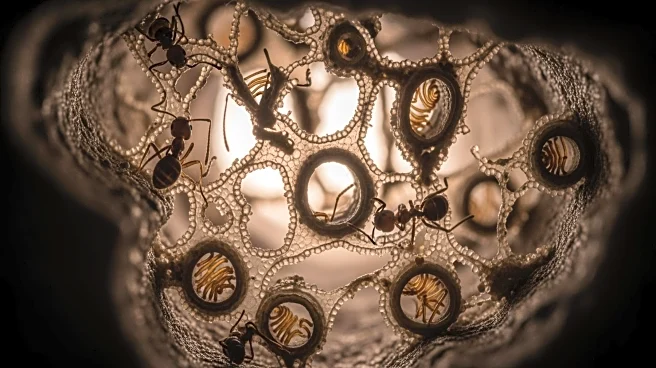What's Happening?
Researchers have discovered the mechanism behind the formation of pee crystals in reptiles, which package excess nitrogen into tiny, textured spheres of uric acid microcrystals. This process offers an evolutionary
advantage by allowing reptiles to conserve water in dry climates. The study, published in the Journal of the American Chemical Society, involved analyzing pee crystals from over 20 reptile species. The findings suggest that uric acid plays a protective role for reptiles by transforming ammonia, a deadly neurotoxin, into less toxic solid particles.
Why It's Important?
The discovery of how reptiles manage uric acid could have broader implications for human health, particularly in understanding the role of uric acid in conditions like gout and kidney stones. The study highlights the potential benefits of biomimetic approaches to solving complex biological problems, as nature's evolutionary processes offer insights that could lead to new medical treatments or technologies. Understanding these mechanisms could also inform conservation efforts and improve the management of reptile species in captivity.
What's Next?
Further research is needed to explore the potential applications of this discovery in human health and other fields. Scientists may investigate whether similar mechanisms could be applied to humans or other animals to manage uric acid levels more effectively. Additionally, the study opens up new avenues for exploring the role of uric acid in biology and its potential protective functions.
Beyond the Headlines
The study underscores the importance of examining natural processes to uncover solutions to complex problems. By mimicking the mechanisms found in reptiles, researchers could develop innovative approaches to managing uric acid-related health issues in humans. This research also highlights the interconnectedness of biological systems and the potential for cross-species insights to drive scientific advancements.
